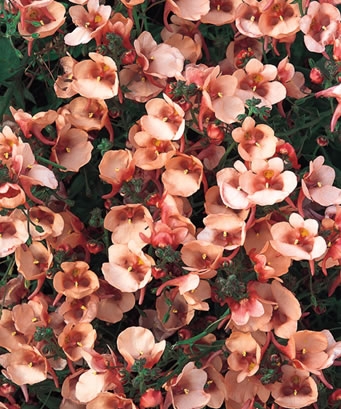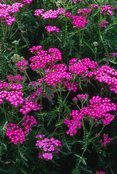The autumnal equinox happened this week. It’s the official start of fall when the sun crosses the celestial equator and moves southward. The earth’s axis of rotation is perpendicular to the line connecting the centers of the earth and the sun on this day. Many people believe that the earth experiences 12 hours each of day and night on the equinox. However, this is not exactly the case.
During the equinox, the length is nearly equal but not entirely because the day is slightly longer in places that are further away from the equator ( like where we live ). Also the sun takes longer to rise and set in these locations as it does not set straight down but in a horizontal direction.
Take advantage of fall planting weather by looking at what’s covering your ground. Be it the small lawn for the kids to play on, ground cover to keep the weeds at bay or erosion control to keep the hillside intact, this is an excellent time to plan for winter.
Let’s start with the lawn. If you still need a space for recreation, this is a good time to reseed those bare spots. Also to keep the lawn healthy, remove underlying thatch with a thatching rake. Then aerate the lawn by poking holes in the sod and fertilize with a complete lawn fertilizer like an organic all-purpose. Your lawn needs the phosphorus in the fall to encourage deep, strong roots for the winter.
If the kids are grown and no one is using that lawn, why not rip out the water guzzling grass and replace it with a walk-on groundcover? There are many to choose from like dymondia, lippia, potentilla duchesnea strawberry and several kinds of thyme.
One of my favorites is Elfin thyme. It doesn’t need mowing, edging or fertilizing or much irrigation. You can walk on it and it stays green all winte.jpg) r, shading into bronze tones when the weather cools. It even blooms in midsummer for several weeks. Bees will be attracted to it at this time. Thyme prefers sun and poor, sandy soil. Autumn is the best time to install from flats cut into 4" plugs planted about a foot apart. It will fill in within 3 years. Plant them closer together if you’re impatient. You’ll love your new lavender-blooming "lawn".
r, shading into bronze tones when the weather cools. It even blooms in midsummer for several weeks. Bees will be attracted to it at this time. Thyme prefers sun and poor, sandy soil. Autumn is the best time to install from flats cut into 4" plugs planted about a foot apart. It will fill in within 3 years. Plant them closer together if you’re impatient. You’ll love your new lavender-blooming "lawn".
There are also Ca. native and prairie meadow grasses that you can walk on. They need little irrigation and even less mowing. Some can be planted from seed, others from plugs or sod. Good choices include Idaho, Calif. and red fescue, carex pansa, June grass and Hall’s bentgrass.
If you don’t need to walk on your groundcover, low-growing shrubs that are good groundcovers are baccharis, ceanothus maritimus, cistus salviifolius, grevillea lanigera, creeping mahonia, rosemany prostratus, rubus, manzanita, creeping snowberry and ribes viburnifolium to name just a few.
It’s time to enjoy fall weather and cover that ground before winter.

 Ground covers are like a fancy carpet in the garden. They add richness and beauty
Ground covers are like a fancy carpet in the garden. They add richness and beauty.jpg)
 Santa Barbara daisy has become a popular ground cover as it reseeds readily and can cover a large area fairly quickly. This 10-20" tall trailing plan spreads rapidly to about 2 ft, making it a great filler between larger shrubs and perennials. Dainty 1/3" pinkish white flowers cool down hot sunny spots. Trim this plant several times a year to keep tidy and encourage blooming.
Santa Barbara daisy has become a popular ground cover as it reseeds readily and can cover a large area fairly quickly. This 10-20" tall trailing plan spreads rapidly to about 2 ft, making it a great filler between larger shrubs and perennials. Dainty 1/3" pinkish white flowers cool down hot sunny spots. Trim this plant several times a year to keep tidy and encourage blooming.